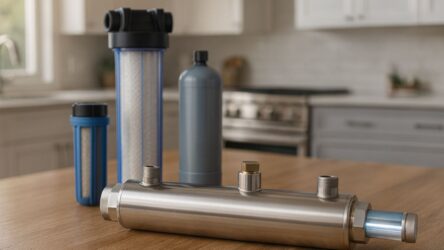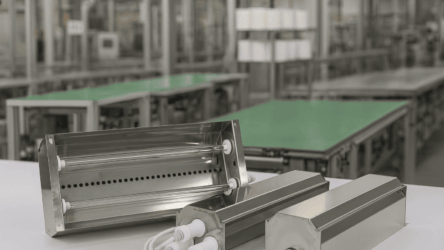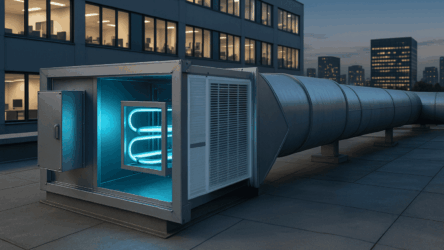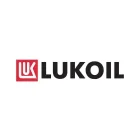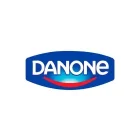Why Ventilation Disinfection Matters
Ventilation ensures fresh air supply, but ducts also circulate dust, fungal spores, and bacteria. In centralized HVAC systems, contaminated air can spread through dozens of rooms, turning a vital infrastructure element into a health risk. To address this, UV disinfection methods are increasingly used to maintain air hygiene in high-traffic environments.
Where It’s Especially Critical
Ventilation networks are found everywhere:
- Shopping centers and offices with thousands of daily visitors.
- Healthcare facilities where microbiological cleanliness is strictly regulated.
- Food production sites where air quality directly affects product safety.
- Modern apartment buildings with shared ventilation distributing air between units, making duct hygiene essential.
Without maintenance, ducts accumulate dust and organic matter, creating breeding grounds for microorganisms. As a result, pathogens can circulate throughout the entire building.
Key Guidelines to Follow
Regular cleaning and ventilation disinfection are essential to ensure healthy indoor air quality. Hygiene codes and industry best practices recommend periodic inspections, microbial monitoring, and disinfection procedures to keep systems safe and effective.
Ultraviolet as a Modern Disinfection Tool
One of the most reliable methods for disinfecting ventilation systems is UV radiation—germicidal lamps installed directly inside ducts. At a wavelength of 254 nm, UV light damages microbial DNA, preventing reproduction. Advantages include:
- Safe operation in occupied spaces.
- No chemicals or harmful by-products.
- Suitable for supply, exhaust, and recirculating channels.
- Lower cost compared to industrial recirculators.
We supply ready-to-install bactericidal kits that include UV lamps (mercury or amalgam), mounting hardware, connectors, electronic ballasts, and clear instructions. These kits can transform a standard duct into a UV disinfection section in minimal time. Lamp lifespan reaches 11,000 hours for mercury lamps and 16,000 hours for amalgam lamps. If an amalgam lamp is damaged, no special cleanup procedures are required, simplifying maintenance.
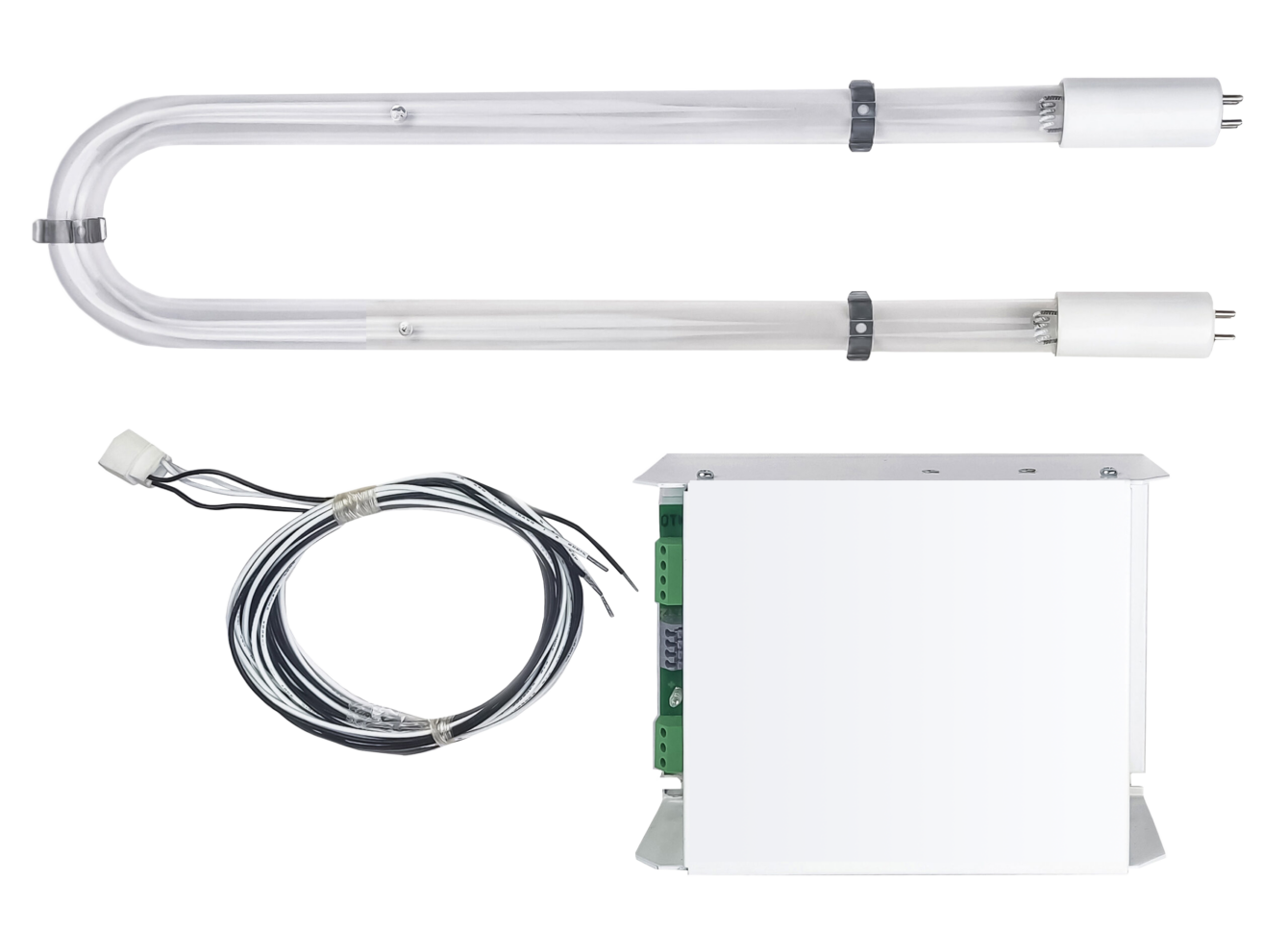
Practical Application Example
In one project, we integrated UV air disinfection into a private clinic’s ventilation system. By equipping existing ducts with UV kits, we achieved uniform airflow sterilization without interrupting operations, significantly improving the sanitary safety of the facility.
Conclusion
Disinfecting ventilation systems is essential in any building with centralized HVAC networks and high foot traffic. Ultraviolet technology offers a safe, efficient, and cost-effective way to meet hygiene standards and protect people from airborne infections. For installation companies, ready-made UV kits provide an easy, convincing solution for clients, highlighting the tangible benefits of UV disinfection.


